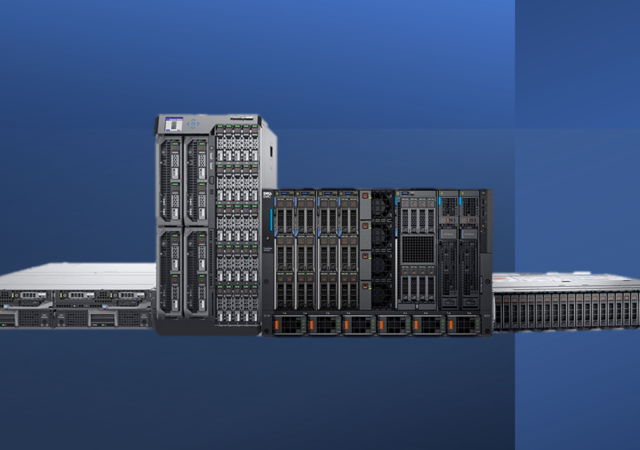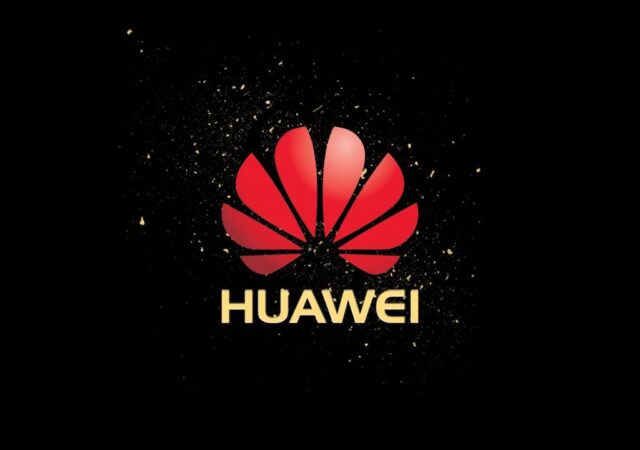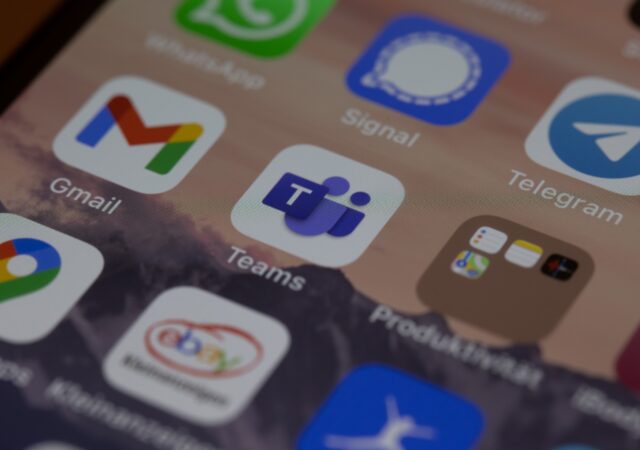Looking forward from a year tainted by a global pandemic, Red Hat looks to the future of Open Source and digitization in building business resilience.
AWS Committed to Accelerating Malaysia’s Digital Transformation
Amazon Web Services (AWS) has been a part of Malaysia’s digital transformation journey since 2015 when we established our presence in the country with a local marketing entity, AWS Malaysia Sdn. Bhd. The announcement by the Malaysian Government outlining the…
Dell Technologies Brings EPYC Power & Flexibility with New Dell EMC PowerEdge Servers
Dell EMC unveils their new AMD EPYC powered PowerEdge line up. The new offerings are able to adapt and cater to multiple compute needs.
Even More EPYC with AMD – Stacking Zen 3
AMD just launched their new EPYC processors made for servers and data centers. The new processors feature Zen 3 and 7nm technology.
Huawei Facing New Limitation from U.S. Government
Huawei isn’t getting a break from the U.S. as the Biden administration tightens and streamlines licenses making things harder for the company.
Xiaomi Gets A Break From U.S. Court
Things are looking up for Xiaomi as a Judge in the District of Columbia grants the company an injunction delaying the ban.
Shopee Brings Next Day Shipping in time for 3.3 Supermarket Sale
Shopee promises next day shipping in time for its upcoming 3.3 Supermarket Sale shortening delivery times across Peninsular Malaysia.
Is Fitbit Working on a New Premium Plan?
Fitbit seems to be toying with the idea of introducing a new tier in their Fitbit Premium subscription.
Aruba ClearPass Security Portfolio Recognised for Ability to Reduce Risk
Aruba ClearPass receives recognition from Marsh’s Cyber Catalyst program, making it the second of Aruba’s Cybersecurity offerings to be recongised.

















